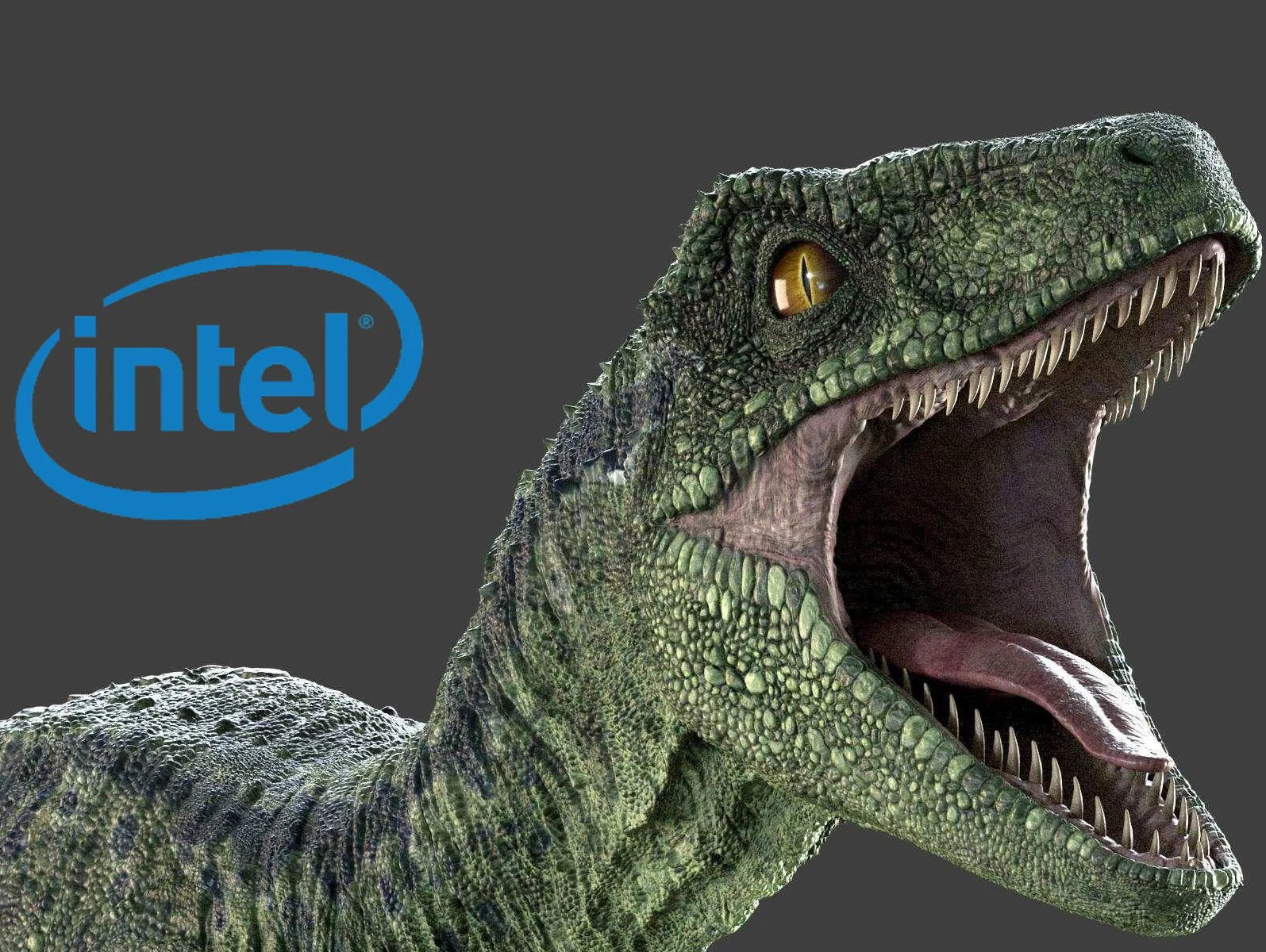- Joined
- Oct 9, 2007
- Messages
- 47,853 (7.39/day)
- Location
- Dublin, Ireland
| System Name | RBMK-1000 |
|---|---|
| Processor | AMD Ryzen 7 5700G |
| Motherboard | Gigabyte B550 AORUS Elite V2 |
| Cooling | DeepCool Gammax L240 V2 |
| Memory | 2x 16GB DDR4-3200 |
| Video Card(s) | Galax RTX 4070 Ti EX |
| Storage | Samsung 990 1TB |
| Display(s) | BenQ 1440p 60 Hz 27-inch |
| Case | Corsair Carbide 100R |
| Audio Device(s) | ASUS SupremeFX S1220A |
| Power Supply | Cooler Master MWE Gold 650W |
| Mouse | ASUS ROG Strix Impact |
| Keyboard | Gamdias Hermes E2 |
| Software | Windows 11 Pro |
An engineering sample of a 13th Intel Core "Raptor Lake" Core i9 processor hit the web, courtesy of wxnod on Twitter, which confirms its 8P+16E core-configuration in a CPU-Z screenshot. Based on the same LGA1700 package as "Alder Lake," and backwards compatible with Intel 600-series chipset motherboards, besides new 700-series ones, "Raptor Lake" combines eight "Raptor Cove" performance cores (P-cores), with sixteen "Gracemont" efficiency cores (E-cores).
"Raptor Cove" features a generational IPC increase over the "Golden Cove" P-cores powering "Alder Lake," while the "Gracemont" E-cores, although identical to those on "Alder Lake," are expected to benefit from the doubling in L2 cache per cluster, from 2 MB to 4 MB. The ISA as detected by CPU-Z appears to be identical to that of "Alder Lake." The processor is a monolithic silicon chip built on the Intel 7 (10 nm Enhanced SuperFin) silicon fabrication process.

View at TechPowerUp Main Site | Source
"Raptor Cove" features a generational IPC increase over the "Golden Cove" P-cores powering "Alder Lake," while the "Gracemont" E-cores, although identical to those on "Alder Lake," are expected to benefit from the doubling in L2 cache per cluster, from 2 MB to 4 MB. The ISA as detected by CPU-Z appears to be identical to that of "Alder Lake." The processor is a monolithic silicon chip built on the Intel 7 (10 nm Enhanced SuperFin) silicon fabrication process.

View at TechPowerUp Main Site | Source










